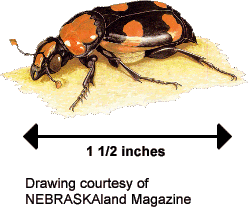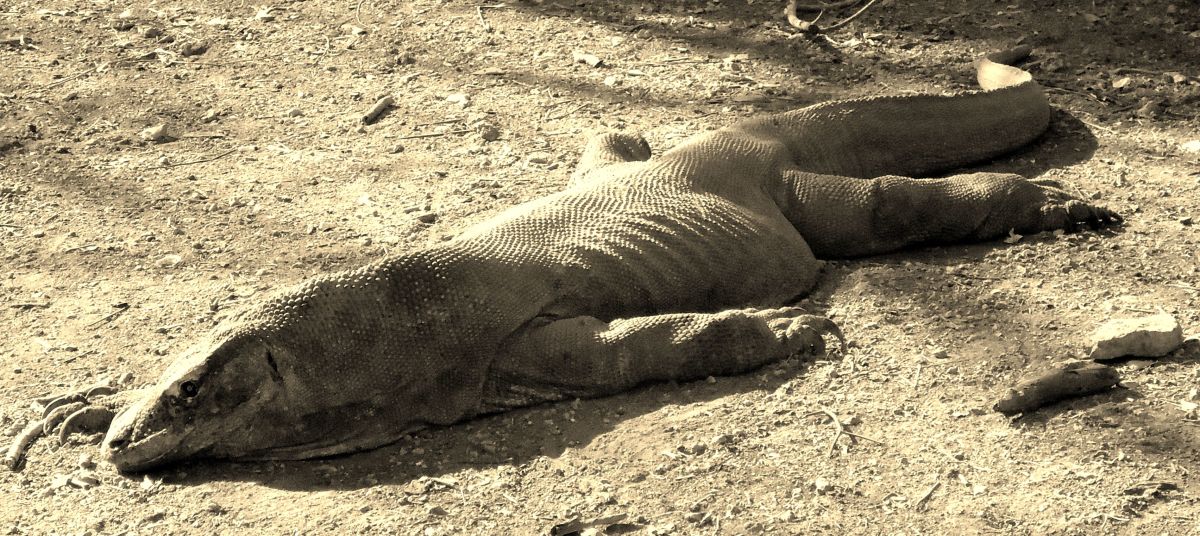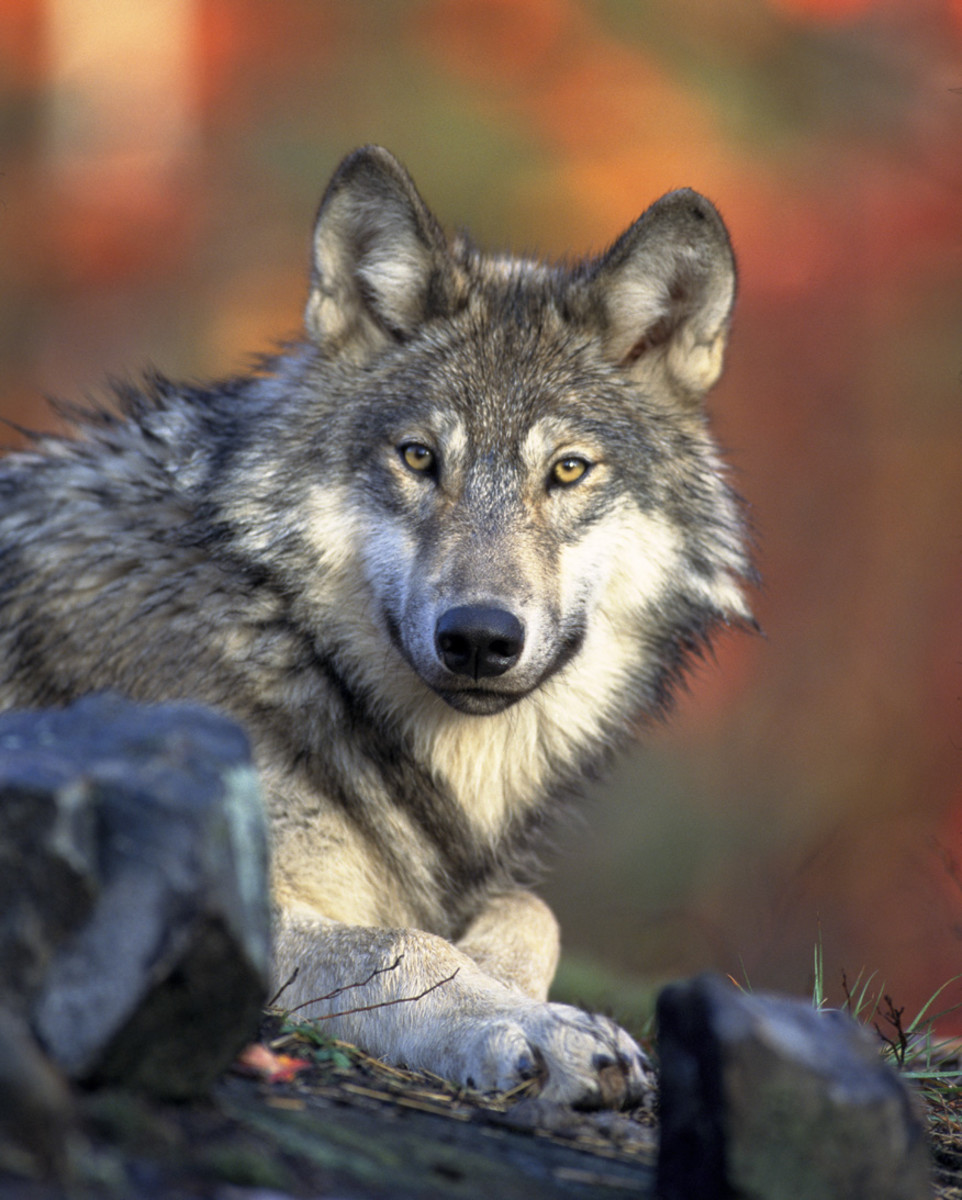- HubPages»
- Education and Science»
- Life Sciences»
- Endangered Species
Why Is The American Burying Beetle Endangered Of Becoming Extinct?

Description of the American Burying Beetle
The American Burying Beetle (Nicrophorus americanus) is described as an inch and a half in length with irregular patches of orange on its black glossy body. The head, face, antennae and wings are a bright pumpkin orange. The colored patches identify it as an American burying beetle, and not one of the more commonly sighted carrion beetles which have a pronotum that is primarily a light yellow with a centered black spot.

Population and Distribution of Species
It is a member of the Silphidae family. There are over 500 species of silphids in the world. There are only 31 species living in North America. The beetle was once found in 35 states in the US, the District of Columbia, and three Canadian provinces: Ontario, Quebec, and Nova Scotia. Now, natural populations are known to occur in only five states: Rhode Island, Oklahoma, Arkansas, South Dakota and Nebraska.
As master scavengers, the American Burying Beetle cleans the environment by burying small dead mammals and various insects for future consumption. Their population began to decline during the 1920s and was classified as Critically Endangered on the IUCN (International Union for Conservation of Nature) Red List in 2002. The demise of the species is thought to be a combination of several factors.
To Learn More About the Endangered Species List:
- Endangered Species Information | HumaneSpot.org
HumaneSpot.org is the world's most comprehensive resource for attitude and behavior research relating to animal and environmental protection issues. The site is designed for animal and environmental advocates and is provided by the Humane Research Co
Theories of Beetle Decline
The main factor the beetles’ numbers are thought to be declining may be attributed to the splintering of its habitat, which has allowed accessibility for other scavengers such as fox, badger, and raccoon. This has led to a decrease in the food sources for the beetle and being isolated from the remaining populations of American Burying Beetle.
The second factor for the decline in the beetle population may be attributed to the widespread use of pesticides. However, DDT does not appear to be a contributor since the beetle began to disappear before widespread use of the pesticide.
Biologists have not been able to show why the American Burying Beetle has disappeared from so many areas. The reduction of small carcasses to bury prevents the species from reproducing, and changes in beetle habitat have reduced the quantity of small birds and mammals. The American Burying Beetle may have been impacted by the extinction of the passenger pigeon as they were once plentiful and used by the beetle as both a food source and the carcass of the pigeon was used as a reproduction environment.
Current Populations
Currently, the Fish & Wildlife Service is monitoring the following populations of the American Burying beetle: Arkansas , Kansas , Massachusetts , Missouri , Nebraska , Ohio , Oklahoma , Rhode Island , South Dakota , and Texas. The following USFWS Refuges are known to have populations of the American Burying Beetle: BLOCK ISLAND NATIONAL WILDLIFE REFUGE, NORTH DAKOTA WILDLIFE MANAGEMENT AREA, SEQUOYAH NATIONAL WILDLIFE REFUGE, VALENTINE NATIONAL WILDLIFE REFUGE.





